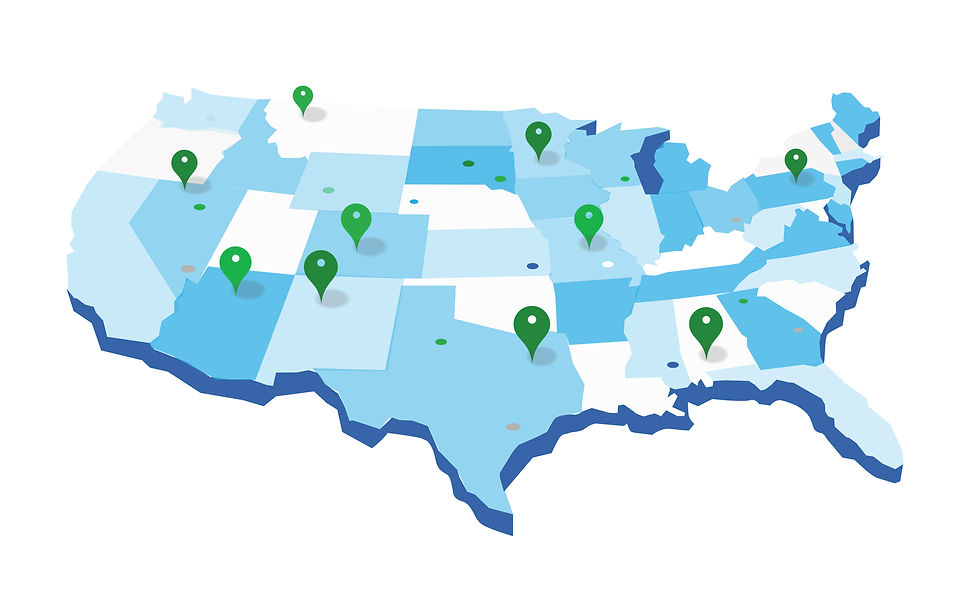Proposed Economic Policies of U.S. Presidential Candidates Ahead of 2024 Elections.
- CI Group

- Oct 28, 2024
- 2 min read
As the U.S. presidential elections approach in just eight days, an overview of the economic outlook reveals significant differences in the proposed policies of the leading candidates, Kamala Harris and Donald Trump, reflecting their respective party ideologies.
Current Economic Indicators
As of October 2024, inflation rates are at 3.5%, a decrease from previous highs, but still a concern for many voters. The unemployment rate stands at 4.1%, indicating a relatively healthy labor market, though challenges remain in certain sectors. The U.S. Gross Domestic Product (GDP) growth rate is estimated at 2.2% for the year, showing moderate economic expansion but raising questions about sustainability.
Kamala Harris (Democrat) aims to raise the corporate tax rate from 21% to 28% and restore higher individual tax rates for earners above $400,000. Her strategy focuses on generating increased federal revenue and addressing income inequality. Harris emphasizes investments in green technology and infrastructure to create jobs in the renewable energy sector and advocates for enhanced social safety nets and universal healthcare initiatives.
Donald Trump (Republican), on the other hand, proposes lowering the corporate tax rate to between 15% and 20% to stimulate economic growth, building on tax cuts he previously implemented during his presidency. His economic strategy includes deregulation and promoting energy independence through increased domestic production. Trump also favors a more privatized approach to social programs and healthcare, concentrating on American interests in trade policies.
The contrasting economic policies of both candidates are expected to have significant implications for the U.S. economy, influencing investor sentiment and market dynamics leading up to the election. For further analysis of their policy positions, resources such as Ballotpedia and American Century provide detailed insights.
Summary
Eight days before the U.S. presidential elections, Kamala Harris (Democrat) and Donald Trump (Republican) present sharply contrasting economic policies against the backdrop of key economic indicators. With current inflation rates are at 3.5%, the unemployment rate is 4.1%, and GDP growth is estimated at 2.2%. Harris seeks to increase corporate taxes and restore higher individual tax rates to address income inequality, while advocating for green technology investments and universal healthcare. In contrast, Trump proposes tax cuts and deregulation to stimulate growth, emphasizing energy independence and a privatized approach to social programs.
These differing strategies will significantly impact the economy and market dynamics as the election approaches.





Comments